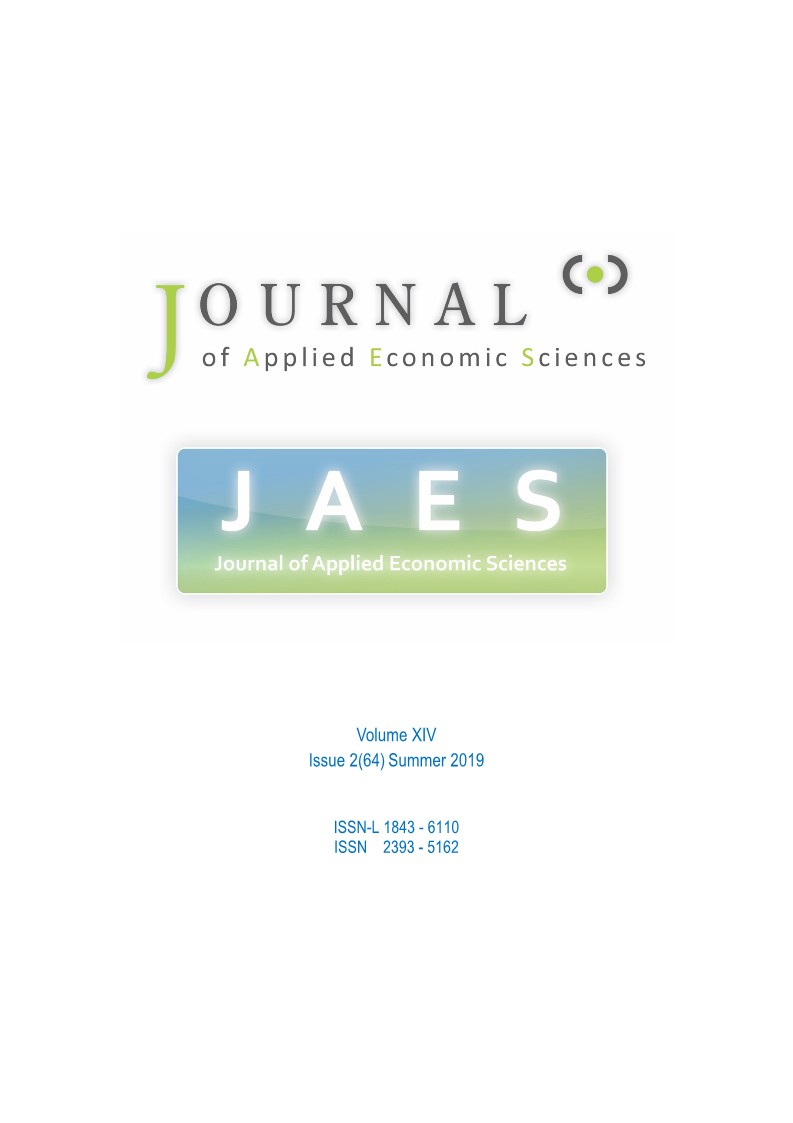The Effects of the United States Monetary Stimulus (Quantitative Easing) towards the Indonesian Economic Fluctuations
The Effects of the United States Monetary Stimulus (Quantitative Easing) towards the Indonesian Economic Fluctuations
Author(s): . Insukindro, Dyah Savitri PRITADRAJATISubject(s): Economy, Supranational / Global Economy, Business Economy / Management
Published by: ASERS Publishing
Keywords: monetary stimulus; quantitative easing; economic fluctuations; structural vector autoregressive (SVAR); Mundell-Fleming-Dornbusch; intertemporal models;
Summary/Abstract: Quantitive Easing (QE) policy and its impact have become discussion and debate among policymakers and academics associated with the post-crisis economic conditions. There are controversies about the effectiveness and potential global spillover of non-conventional monetary policy measure such as QE. This study seeks to analyze the influence of US monetary stimulus on the economic fluctuations in Indonesia and the transmission mechanism of monetary policy shocks in a flexible exchange rate regime. To explain the shocks of US monetary policy conducted through QE, this study examines two basic models, namely the basic Mundell-Fleming-Dornbusch model and the intertemporal model, and use the best model to estimate the effect of QE policy towards Indonesian economic fluctuations. The method used in this research is Structural Vector Autoregressive (SVAR) which aims to examine the effect of monetary policy shocks and identify the policy transmission mechanism. SVAR is an econometric model system with dynamic equations suited to capture the macro-financial relations across borders. SVAR will specify spillover of QE policy by identifying shocks and tracing these out by employing Impulse Response Function (IRF) and Forecast Error Variance Decomposition (FEVD). The results of this study indicate that QE produce mixed effects or results towards the economic fluctuations in Indonesia.
Journal: Journal of Applied Economic Sciences (JAES)
- Issue Year: XIV/2019
- Issue No: 64
- Page Range: 440-454
- Page Count: 15
- Language: English

